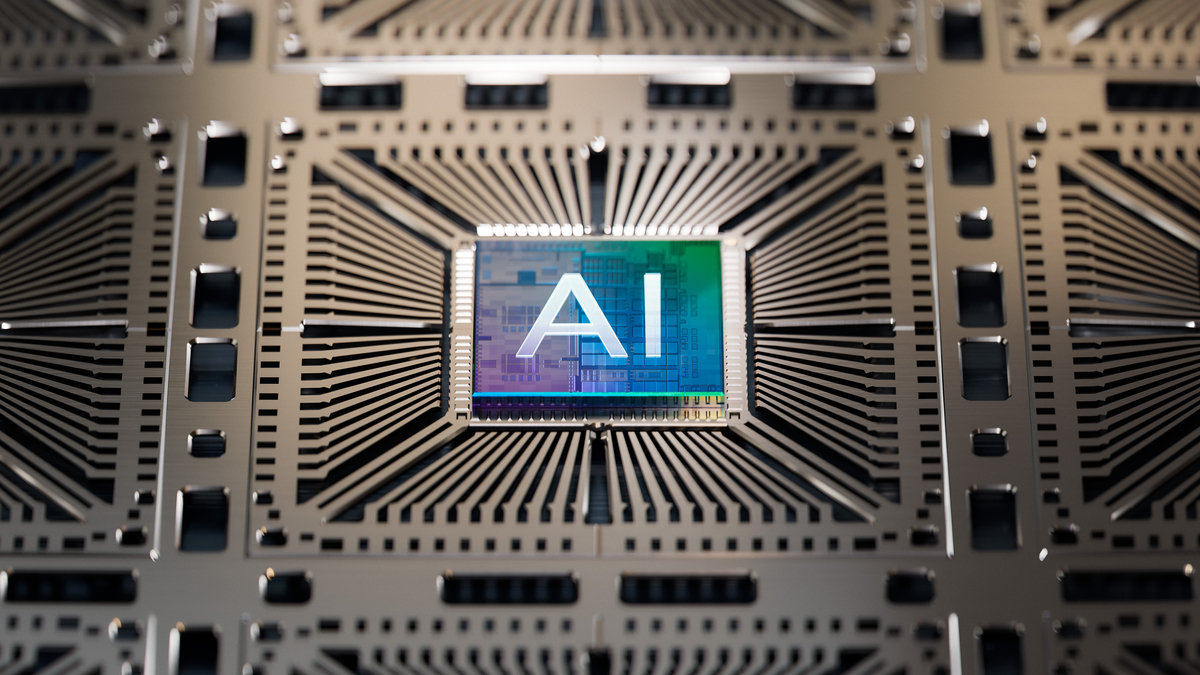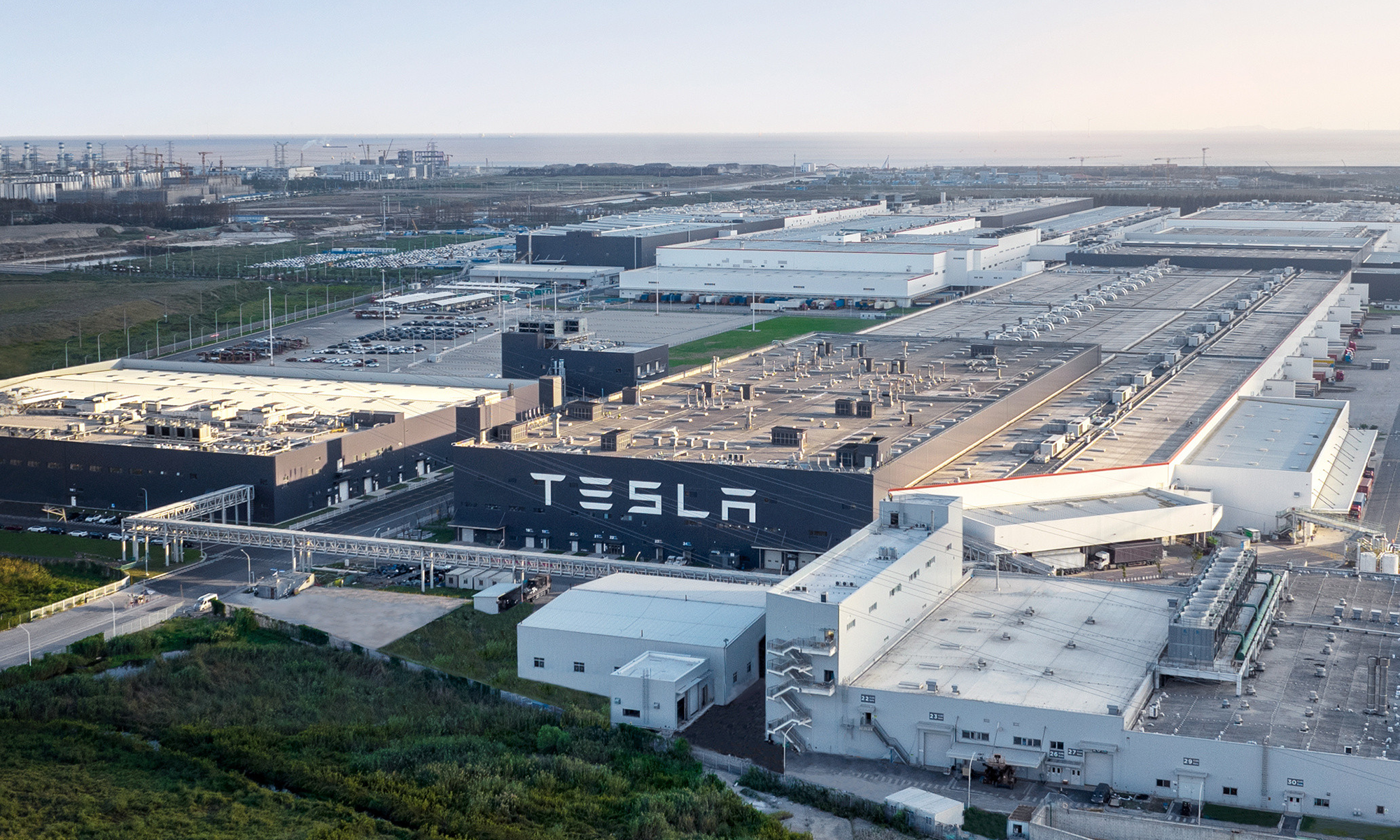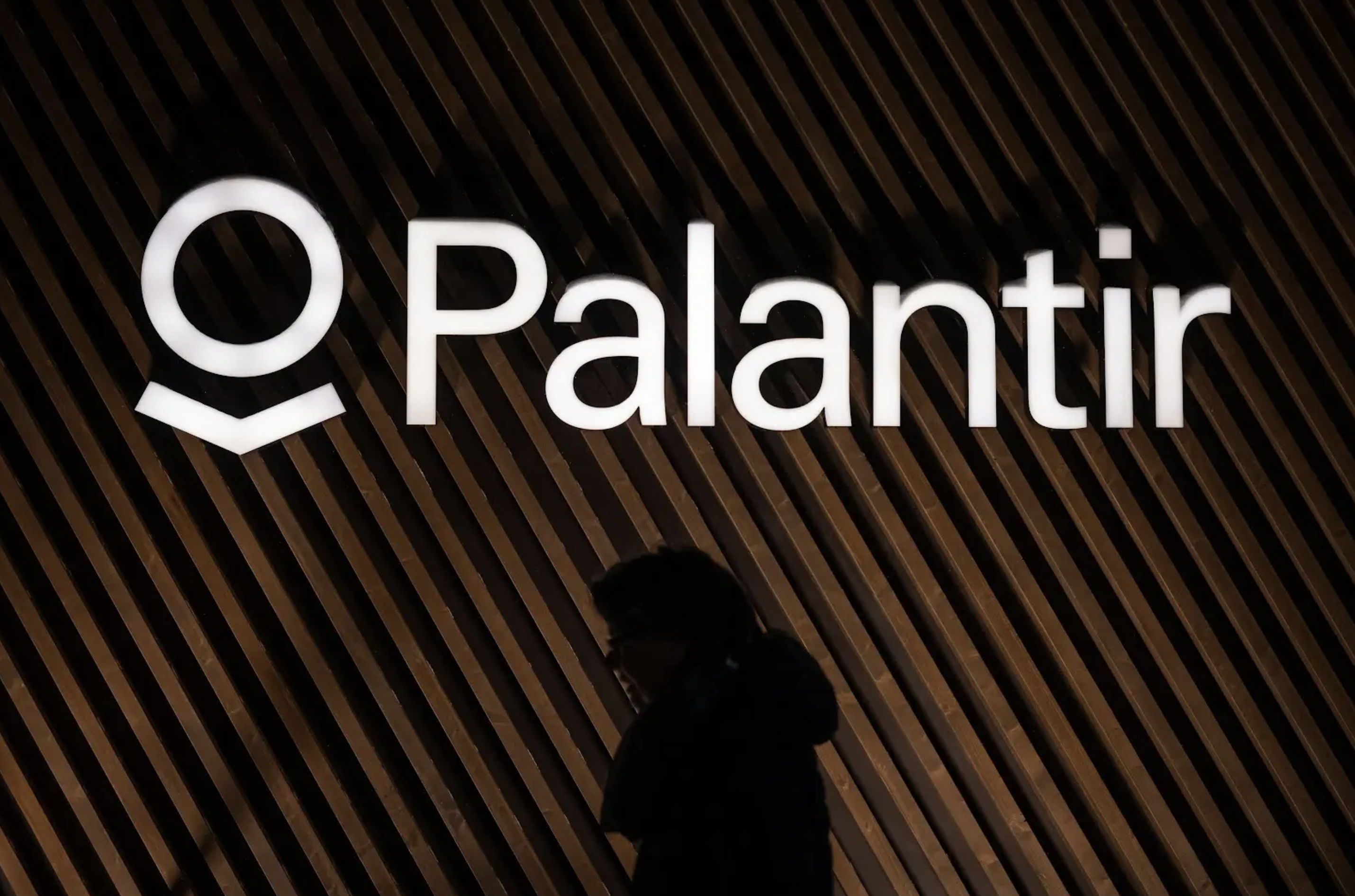
The Nasdaq Composite’s 18% year-to-date rally raises immediate concerns about market psychology. While AI narratives dominate headlines following tech giants’ Q2 earnings, investors should interrogate whether current valuations reflect sustainable fundamentals or speculative exuberance.
Three companies frequently dominate AI investment discussions. A contrarian analysis demands scrutiny of their purported invincibility, operational risks, and valuation dependencies.
Nvidia: The semiconductor paradox
- Thesis: Dominant GPU market position (data center segment up 56% YoY) and strategic OpenAI partnership suggest entrenched leadership
- Risks:
- Highly concentrated revenue model (85% institutional ownership per FINRA data)
- Competitive threats from AMD’s Instinct series and potential Intel breakthroughs
- AI infrastructure demand may plateau as cloud providers optimize existing hardware
- Valuation: 22x sales multiple assumes perpetual 30%+ growth; historical semiconductor margins suggest cyclical compression risks
While Nvidia’s technical roadmap remains impressive, the market’s assumption of uninterrupted dominance ignores semiconductor industry’s cyclical nature. The OpenAI deal’s $100 billion value requires sustained technological superiority amid rapidly evolving AI architectures.

Tesla: Autonomous promises vs. present realities
- Thesis: 250% post-2022 rebound reflects optimism about robotaxi potential and manufacturing scale
- Risks:
- CyberCab timeline extensions (now Q4 2025) erode first-mover advantages
- Regulatory hurdles in key markets (California’s AV regulations tightened 12% YoY)
- Hardware/software integration challenges exceeding current R&D provisions
- Valuation: 72x forward earnings assumes 50% margin expansion despite automotive industry’s historical 8-10% norms
Musk’s recent $1 billion purchase warrants attention but shouldn’t overshadow operational metrics: delivery growth slowed to 18% YoY while inventory days increased to 89 (vs. 72 in 2023). The vision-based approach’s cost advantages remain theoretical until volume deployment.

Palantir: The government dependency dilemma
- Thesis: Ontology-based platform delivers measurable ROI (clients report 23% average cost savings)
- Risks:
- Concentration risk (45% revenue from federal contracts, per 10-K filings)
- Commercial adoption lags: Enterprise penetration remains below 7% in core sectors
- Free cash flow surge (765% over three years) partially driven by delayed R&D spending
- Valuation: 18x sales multiple exceeds SaaS industry average (12x) despite sub-20% growth trajectory
While Palantir’s government trust metric holds qualitative value, commercial expansion requires overcoming entrenched incumbents like Snowflake and Databricks. The 44% 2025 revenue growth projection assumes federal budget priorities remain unchanged amid election volatility.
Conclusion: Each company presents compelling technological narratives, yet current valuations demand rigorous stress-testing. Investors should consider hedging against over-optimistic AI adoption curves and regulatory stability assumptions. The market’s consensus appears insufficiently discounted for execution risks across hardware innovation cycles, regulatory frameworks, and enterprise software adoption curves 📉
Read More
- Silver Rate Forecast
- Красный Октябрь акции прогноз. Цена KROT
- Gold Rate Forecast
- Nvidia vs AMD: The AI Dividend Duel of 2026
- Dogecoin’s Big Yawn: Musk’s X Money Launch Leaves Market Unimpressed 🐕💸
- Bitcoin’s Ballet: Will the Bull Pirouette or Stumble? 💃🐂
- Navitas: A Director’s Exit and the Market’s Musing
- LINK’s Tumble: A Tale of Woe, Wraiths, and Wrapped Assets 🌉💸
- Can the Stock Market Defy Logic and Achieve a Third Consecutive 20% Gain?
- Solana Spot Trading Unleashed: dYdX’s Wild Ride in the US!
2025-09-26 13:59